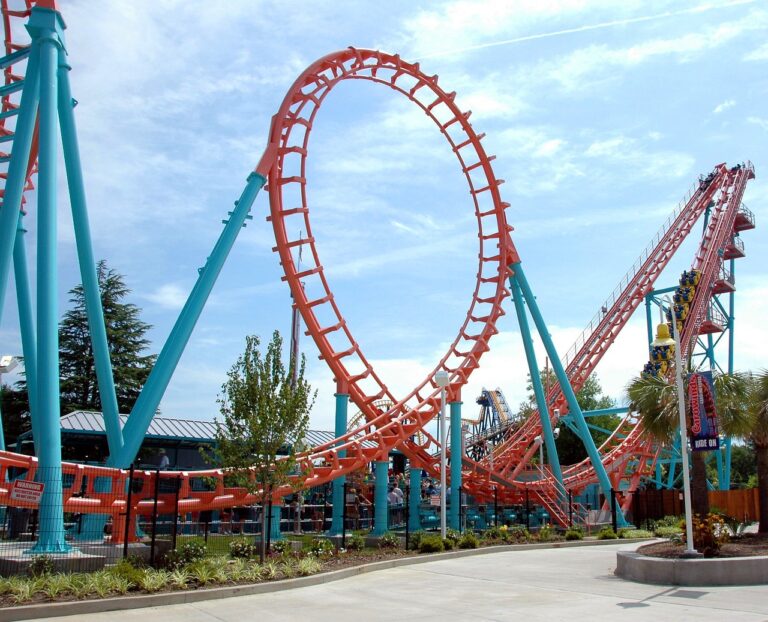The Art of Film Editing: Crafting Stories in the Cutting Room
Film editing plays a crucial role in shaping the narrative, pace, and overall feel of a movie. One key element of film editing is continuity editing, which ensures that the sequence of shots flows smoothly and seamlessly. This involves maintaining consistent screen direction, eyelines, and avoid jump cuts that may disrupt the viewer’s immersion in the story.
Another essential element is the use of montage editing, where shots are juxtaposed to create meaning and evoke emotions. Montage editing can effectively compress time, convey complex ideas, or build tension in a film. By carefully selecting and arranging shots, editors can manipulate the audience’s perception and understanding of the story being told.
Understanding the Role of the Film Editor
Film editing is a crucial aspect of the filmmaking process that involves selecting and piecing together different shots to create a cohesive narrative. The film editor is responsible for shaping the raw footage into a polished and engaging final product that resonates with the audience. Their decisions on matters such as shot selection, pacing, and transitions play a significant role in determining the overall look and feel of the film.
In addition to technical skills, a film editor must also possess a keen understanding of storytelling and pacing. They work closely with the director to bring their vision to life and ensure that the narrative flows smoothly from scene to scene. The film editor’s ability to manipulate time and space through editing techniques is instrumental in evoking emotions and enhancing the viewing experience for the audience.
What are the key elements of film editing?
The key elements of film editing include cutting and splicing footage, arranging shots in a coherent sequence, adding transitions, effects, and sound, and enhancing the overall pacing and structure of the film.
What is the role of the film editor in the filmmaking process?
The film editor is responsible for assembling raw footage into a cohesive and compelling narrative, collaborating with the director and other members of the production team to achieve the desired creative vision, and refining the final cut of the film.
How does the film editor work with other members of the production team?
The film editor collaborates closely with the director, cinematographer, sound designer, and other members of the production team to ensure that the final cut of the film aligns with the creative vision and goals of the project.
What skills are required to be a successful film editor?
Successful film editors possess a keen eye for detail, strong technical proficiency in editing software, excellent communication and collaboration skills, and a deep understanding of storytelling and pacing in film.
How does film editing impact the overall quality of a film?
Film editing plays a crucial role in shaping the final narrative, pacing, and emotional impact of a film. A skilled film editor can enhance the storytelling, character development, and overall cohesiveness of the film, ultimately influencing its reception by audiences.





